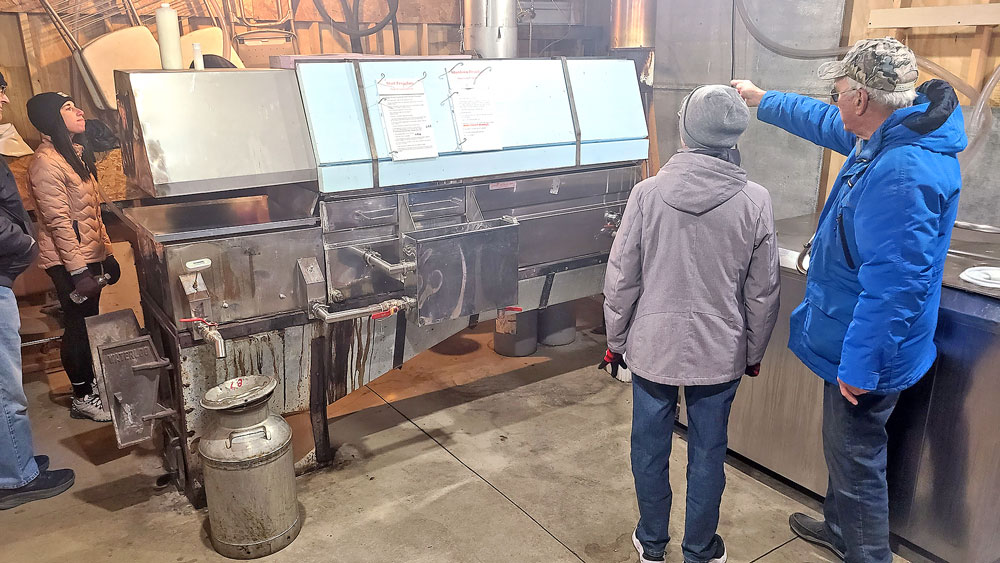Floyd County farmers feel the price drop

By Kate Hayden | khayden@charlescitypress.com
A national trend of bottoming crop prices hasn’t spared Floyd County farmers in the production business, as price observers on the fields and in the offices keep tracking drops.
“(Monday) at the local elevator you could get $2.89 for corn, which compares to two years ago, when we were up $7, and $8.93 for soybeans, which compared to $15 at that same time” Jay Matthews, Floyd County Farm Bureau president, said.
Corn, soybeans and hay, the three biggest production crops in Floyd County, have all been hit by increased production and dropping demand internationally, Matthews said.
“Ag used to be something fairly insulated from the world. That’s not the case anymore, so if you have crops in other areas of the world that do good, that affects us as well,” Matthews said. “Brazil has a good soybean crop, that can affect us.”
A lower demand for beef and pork in countries like China can also mean a lower demand for the animals’ feed, which is supplied by Iowa farmers, Matthews said.
Corn and soybean prices have plunged from a 2012 price height, an Associated Press investigation found, resulting in a 42 percent drop in farm income nationally. The U.S. Department of Agriculture estimates a fifth of a farm family’s average income of $118,890 will come from the farm itself.
Farm diversification can be a useful tool to farmers hoping to spread some risk out, Matthews said. But expanding beyond the farm’s original harvest hasn’t buffered the impact like it has before.
“When you’re diversified, you hope (a downturn’s) not in all of your products at once…this one has hit all of those together. It’s a bit of a rougher one,” Matthews said. “We have a lot of growers who are very well diversified, so I think that’s a strength for the county as well. If you can have ag continue to remain profitable, that helps everyone in the county…it creates a lot of the economics in the county.”
Floyd County’s recent spat of stormy weather could potentially be helpful to crop prices, keeping some crops stuck in the fields and boosting a bit of the demand. Still, dropping prices aren’t going to be blowing over, he said.
“I don’t know that I have ever experienced (a drop) like this,” Matthews added.
Farmers and lenders have dealt with poor markets and high production volume before, said Craig Anderson, Senior Vice President of lending at State Bank. The final verdict of 2016’s success will be made once yield counts come in from farmers.
“Typically once we have our operating lines in place, guys are working off of those,” starting from December to January, Anderson said. “Per-acre, some of our clients on both sides (landowners and renters) have anticipated having those discussions where rent’s going to go…there’s a lot of work to see where we’ll be.”
Like any farm decisions, an expected deadline relies on the weather patterns.
“It depends on if it ever quits raining and we can get farmers out in the fields,” Anderson said.
As 2017 approaches, new operating lines will be set once again this winter with an eye towards weathering the storm –– including the cycle of weather, unpredictability and risk that keeps the workday moving.
“It goes back to making good management decisions on their end, and good communication with the lender. We’ve got to work our way through it,” Anderson said.
–20160920–









Social Share